
Echoes in Stone
Native American heritage is deeply ingrained in the land itself, visible in cliff dwellings, earthworks, and ancient villages that remain standing. These are not ruins frozen in time, but they are stories, cultures, and traditions that continue to live. Exploring these places offers more than just sightseeing, as it also provides insight into the people who shaped the landscapes long before modern maps.
These sites reveal resilience, artistry, and connection to nature that defy modern assumptions. In walking trails or standing in a sacred hall, you engage with voices from the past and gain insight into practices that survive through generations. This journey will take you to places with soul.
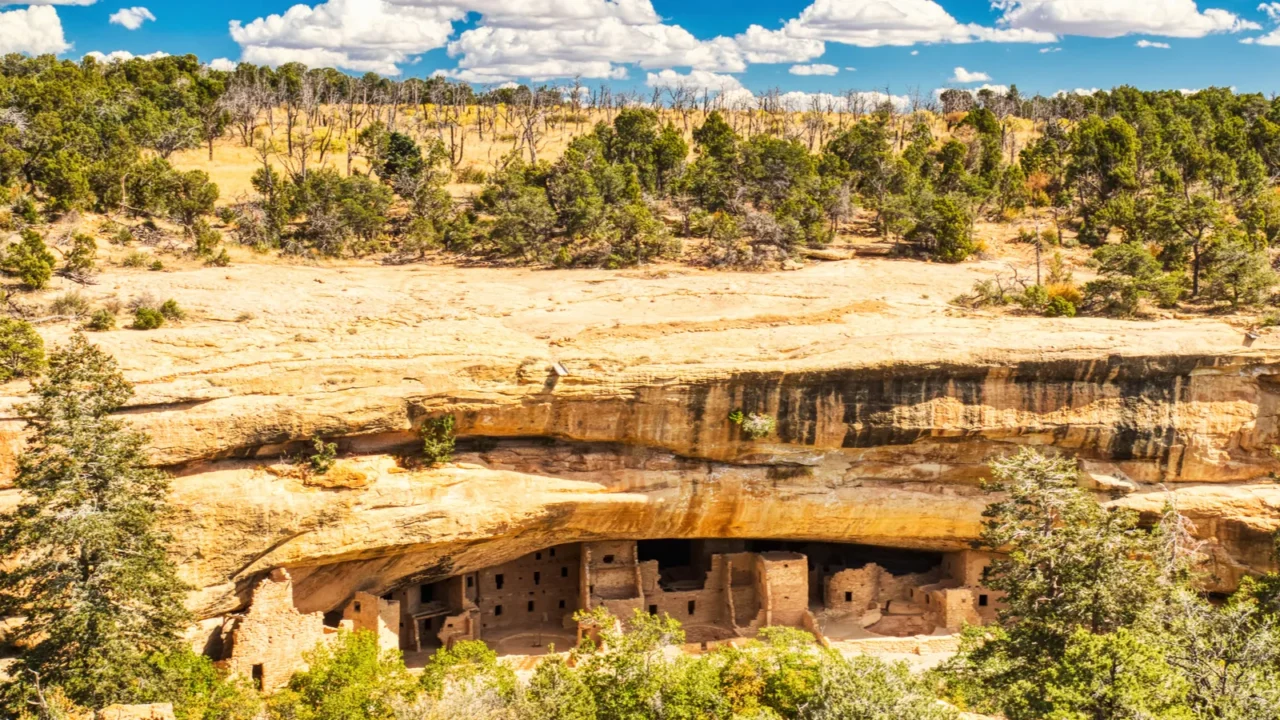
Mesa Verde’s Cliff Castles
High atop rugged canyons in southwestern Colorado, Mesa Verde National Park protects some of the most remarkable cliff dwellings in the United States. Built by the Ancestral Pueblo people more than a thousand years ago, these stone structures reveal ingenuity in adapting to harsh terrain. More than 5,000 archaeological sites exist there, and many features are still well preserved.
Walking through the cliff alcoves, you see circular kivas, rooms carved into the cliff face, and scenic overlooks that once guarded communities. Ranger-guided tours help to explain how families farmed corn and beans on mesa tops and traded far beyond the canyon walls. Time seems suspended there.
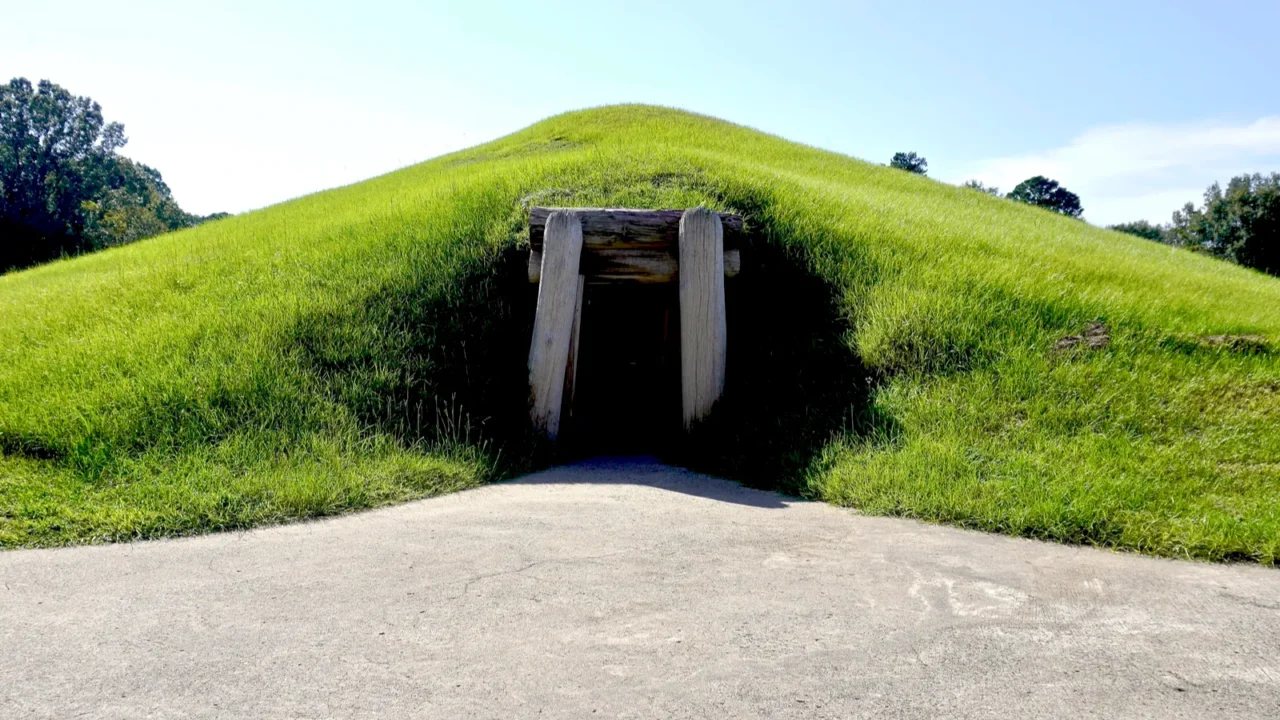
Ocmulgee’s Spirals and Mounds
Ocmulgee National Monument in Georgia contains massive earthworks and ancient mounds that stretch back to the Mississippian culture. One of its most curious features is the intact spiral mound, a structure still resonating with mystery. These hills once rose above a settlement that was a center of trade, ceremony, and daily life long before colonial contact.
Visitors can walk among seven mounds, explore museum exhibits showing over a million artifacts, and see how ancient civic planning responded to rivers and seasons. The site bridges past and present, reminding us that these landscapes carry meaning beyond their physical forms.
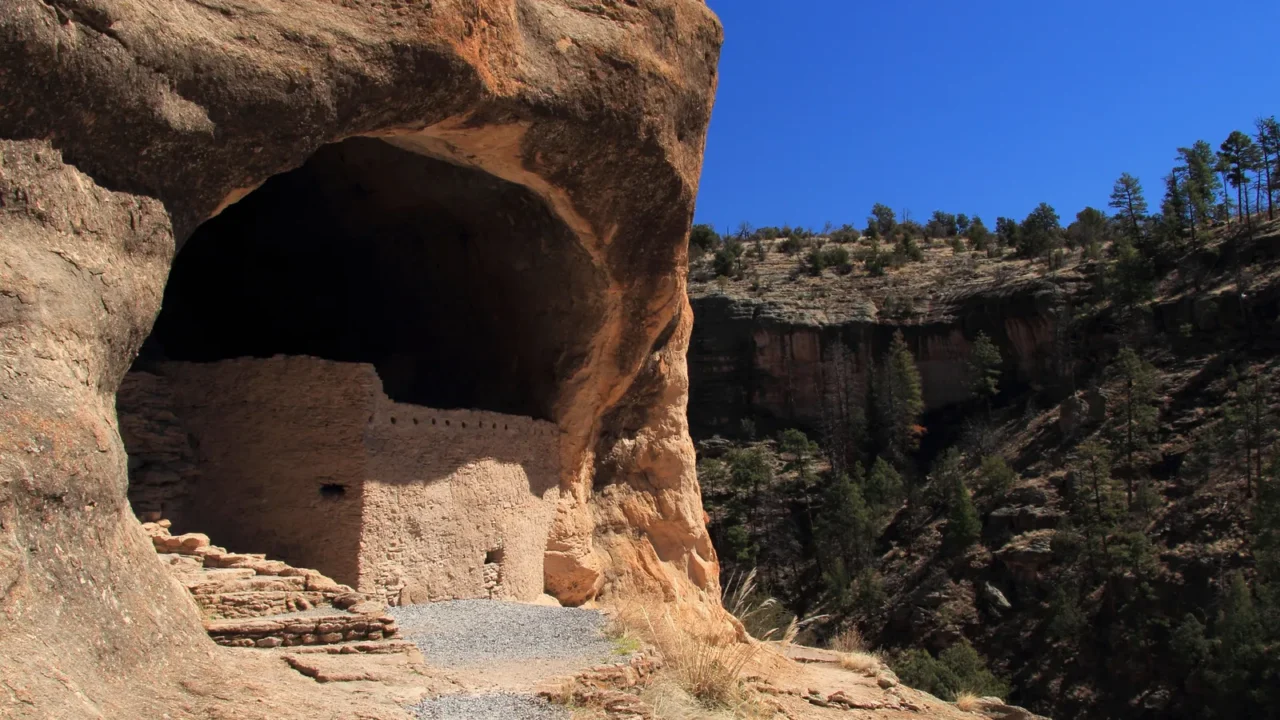
Gila Cliff Dwellings
Deep in the Gila National Forest in New Mexico lie the Gila Cliff Dwellings, built in cave alcoves by the Mogollon people sometime around the 13th century. The dwellings sit in five cliff alcoves interconnected by paths, offering a rare peek into cliffside living. Surrounded by rugged terrain, the site rewards explorers with solitude and rich history.
Visitors hike trails under the shade of juniper and pine, imagine daily life within small rooms, communal spaces, and hearths. Rangers explain pottery, tools, and daily practices. The light filtering into cave openings renders every wall, every stone, deeply moving.

Montezuma Castle
Nestled in the Verde Valley of Arizona, Montezuma Castle National Monument protects a towering cliff-dwelling constructed by the Sinagua people between roughly 1100 and 1425 AD. Despite its name, it was neither a castle nor linked to Montezuma. Instead, it was a striking multi-story home clinging to limestone cliffs.
The trail that loops past the base of the cliff lets you peer at doorways, rooms, and stonework that defy gravity. A visitor center exhibits tools, clothing fragments, and trade items showing that southwestern tribes traded widely. This quiet monument is rich with memory.

Wupatki’s long cut houses
At Wupatki National Monument, north of Flagstaff, ancient pueblos and settlement sites rise from the desert floor. Wupatki is believed to mean ‘Long Cut House’ in Hopi, and includes over a hundred rooms in its main pueblo plus dozens of secondary structures. The Sinagua, Cohonina, and Kayenta peoples called this place home centuries ago.
Storms, high desert sun, and the eruption of nearby volcanoes shaped the land. But at Wupatki, you see how people used volcanic ash to improve soil and build housing that married architecture and community. The site stands as a testament to adaptation and shared ingenuity across generations.

Sitka and Totems
Far north, on the edge of Alaska’s temperate rainforest, Sitka National Historical Park preserves Tlingit culture and vibrant totem poles carved with symbols of clan, myth, and natural history. The park is alive with stories etched into wood, each pole a layered biography.
Trails wind among towering trees and replicas of longhouses, while cultural programs share Tlingit songs, art, and connection with salmon, sea, and forest. The setting offers more than shelter, it offers landscape as a teacher.
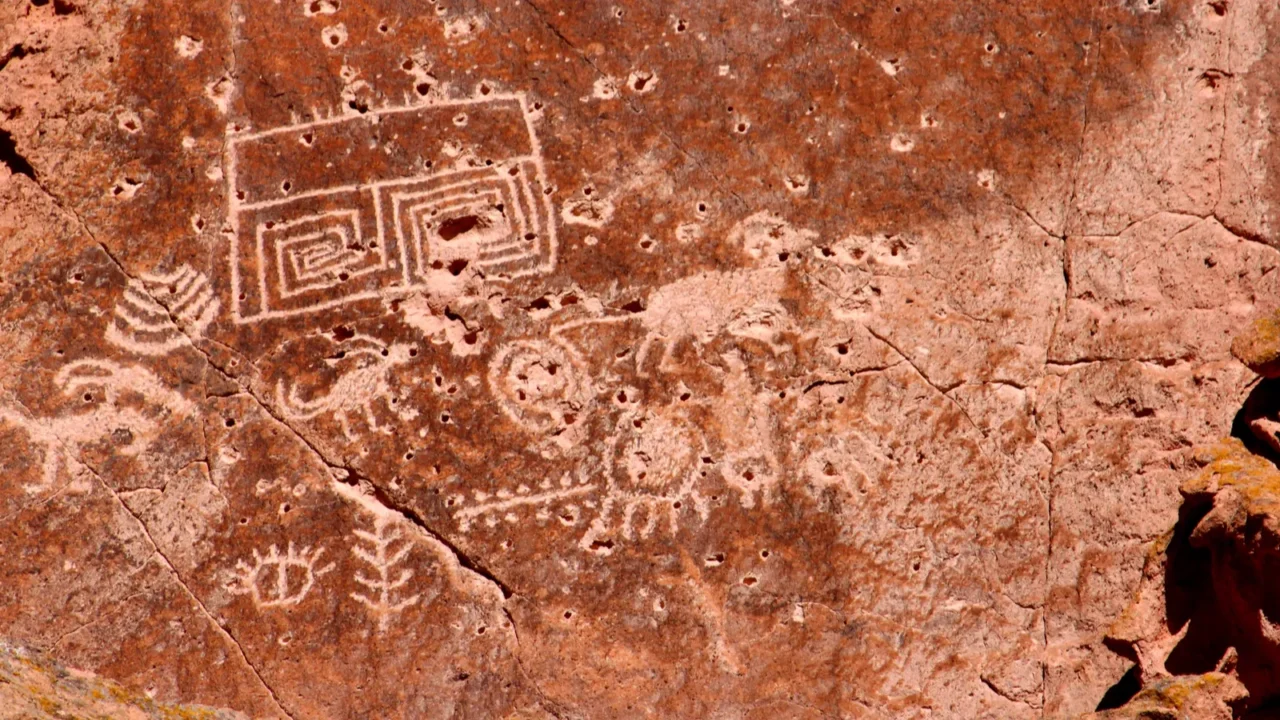
Fremont Indian State Park
In central Utah, Fremont Indian State Park and Museum protect rock art sites created by the Fremont people who lived here between roughly 300 and 1300 AD. Their artistry includes both pictographs and petroglyphs etched or painted upon rock faces.
Visitors can wander trails in Clear Creek Canyon, picnic by juniper trees, view panels where ancient figures dance upon stone, and imagine life in small villages. The museum displays crafted pottery and tools. Every piece whispers of daily routines long past yet still vivid.

Taos Pueblo
Taos Pueblo is one of the oldest continuously inhabited places in the U.S. The adobe homes, glazed golden in sunlight, have been home to the Taos people for more than a thousand years. Weathered walls hold memories of ceremonies, clan life, and generational stories.
Walking there, you see modern life intertwined with ancestral practice. Pueblo artisans still make pottery with traditional methods. Visitors can buy handcrafted jewelry, learn about elders’ teachings, and taste food recipes passed down through centuries. This is a place still alive.

Poverty point
Poverty Point National Monument in Louisiana showcases massive mounds, expansive earthwork arrays, and artifacts that traveled great distances. Built around 1700-1100 BC, the site predates many better-known American monuments. It was a hub of exchange, ceremony, and technology.
You walk along low ridges, climb earth walls, and view museum exhibits revealing stone tools imported from far zones, ornaments crafted from rare shells. The knowledge of long-distance trade and societal organization amazes visitors. It challenges assumptions about what ancient people in North America achieved.
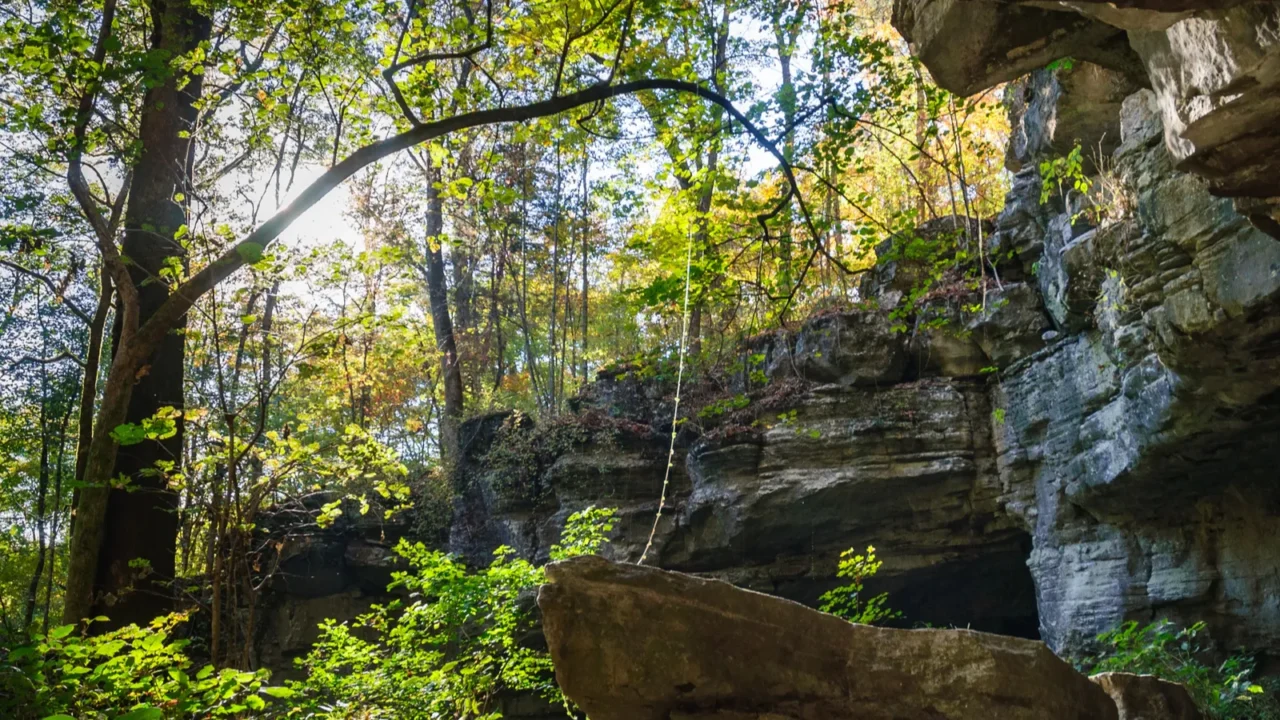
Russell Cave
Russell Cave National Monument in Alabama contains one of the most complete records of prehistoric culture in the Southeast. Archaeologists have found layers of habitation going back about 10,000 years. The site preserves stone tools, bones, and charcoal that tell stories of hunting, gathering, and early agriculture.
The cave sits tucked beneath forest cover, its cool shadows hiding traces of ancient fires, seed processing, and food preparation. A museum on site shares reconstructions and explains the shifts in climate and culture across millennia. It’s a journey through time you can literally walk into.

SunWatch Village
SunWatch Indian Village or Archaeological Park sits along the Great Miami River in Ohio. It was home to the Fort Ancient culture from about AD 1000–1650. Agriculture, social structures, seasonal gatherings, and domestic life all left their mark on pottery, house layouts, and burial practices.
You can tour reconstructed houses, see gardens reminiscent of what people grew centuries ago, view artifacts unearthed in systematic digs, and watch demonstrations of ancient crafts. Shade trees and river views soften the walk. It’s vivid, educational, and grounded in place.

Trail of Tears
Between 1838 and 1839, the United States forced thousands of Cherokee people to flee their homelands in Georgia, Tennessee, and Alabama to what is now Oklahoma. The Trail of Tears National Historic Trail preserves portions of this route. The land is haunted by grief, survival, strained resilience, and legacy.
Visitors can drive or hike segments, stop at interpretive centers, read stories of individuals forced to walk hundreds of miles, see landscapes that witnessed heartbreak, and learn how the Cherokee kept culture alive under unimaginable pressure. It is not easy, but it matters deeply.

Casa Grande Ruins
Casa Grande Ruins National Monument in Arizona holds remnants of a massive adobe compound built by ancestral Sonoran Desert Peoples. Its massive walls, built with sun-baked clay, once enclosed courtyards, rooms, and community spaces. The Sonoran Desert has shaped how people lived, what materials they used, and how they planned daily life.
Birds circle above battered walls, shadows trace niches and stairs that no longer lead anywhere. The visitor center shows pottery shards, animal bones, and shells from trade networks. It is a site that speaks of both permanence and fragility under desert skies.

Protect and respect
Many of these sites are sacred to living Native communities. Before you visit, check whether you need a reservation, pay entrance or guiding fees, or adhere to photography rules. Even world destinations like Venice are tightening visitor rules, see how 7 tourist behaviors now banned in Venice (and they come with fines), showing that mindful travel is a global need.
Learn from local guides or tribal interpreters. Buy art or goods directly from Native artisans. Listen to stories as people share them rather than reading only signs.
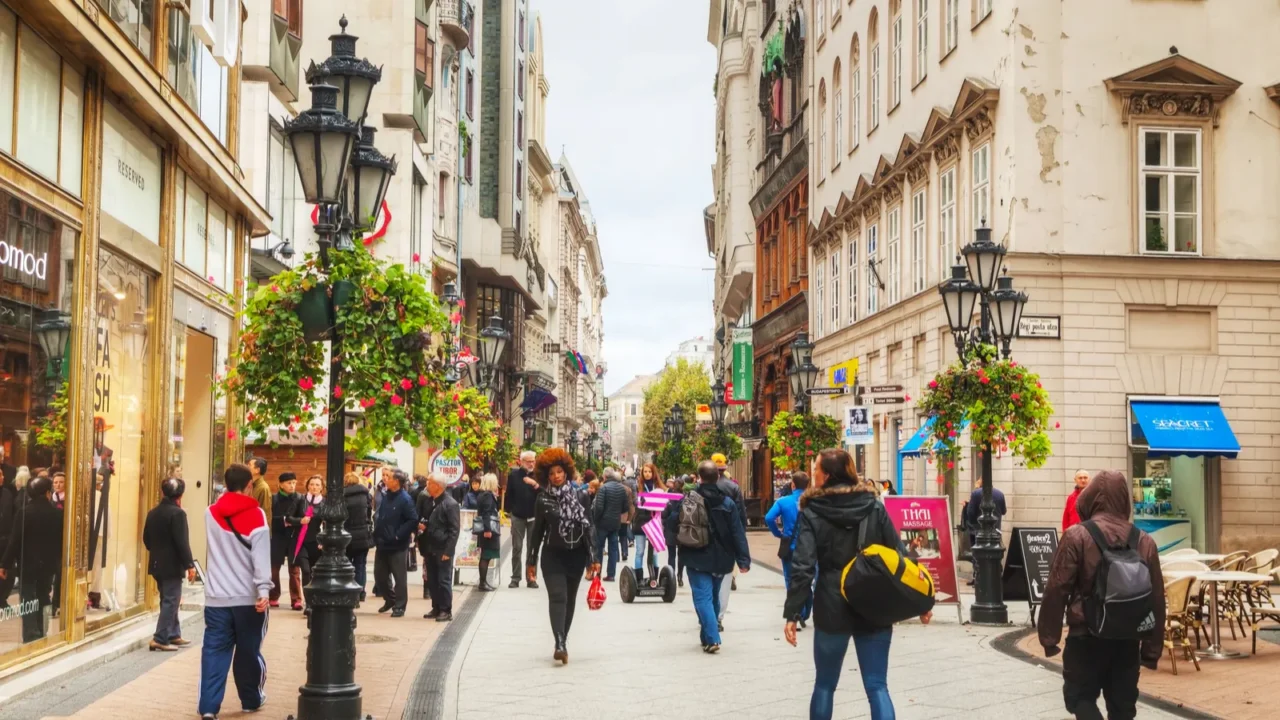
Footprints forward
These heritage sites do more than preserve stones or artifacts as they are living archives of innovation, community, and memory. Each ruin, mound, pueblo, or trail carries whispers of journeys, triumphs, losses, and creativity that span thousands of years.
If this journey inspires you to keep exploring, check out America’s most breathtaking national trails to explore in 2025. Visiting these landscapes reminds us that America’s story began with the people who first walked them, whose cultures still shape our sense of self and place today.
In every trail, ruin, and stone, the heartbeat of Native America still echoes and if you pause long enough you can hear it.
Read More From This Brand:
- How China’s travel boom could redefine the economy in 2025
- Step into history, Scotland’s most magnificent castles
- U.S. passport delays return just before the holiday
Don’t forget to follow us for more exclusive content right here on MSN.
This slideshow was made with AI assistance and human editing.